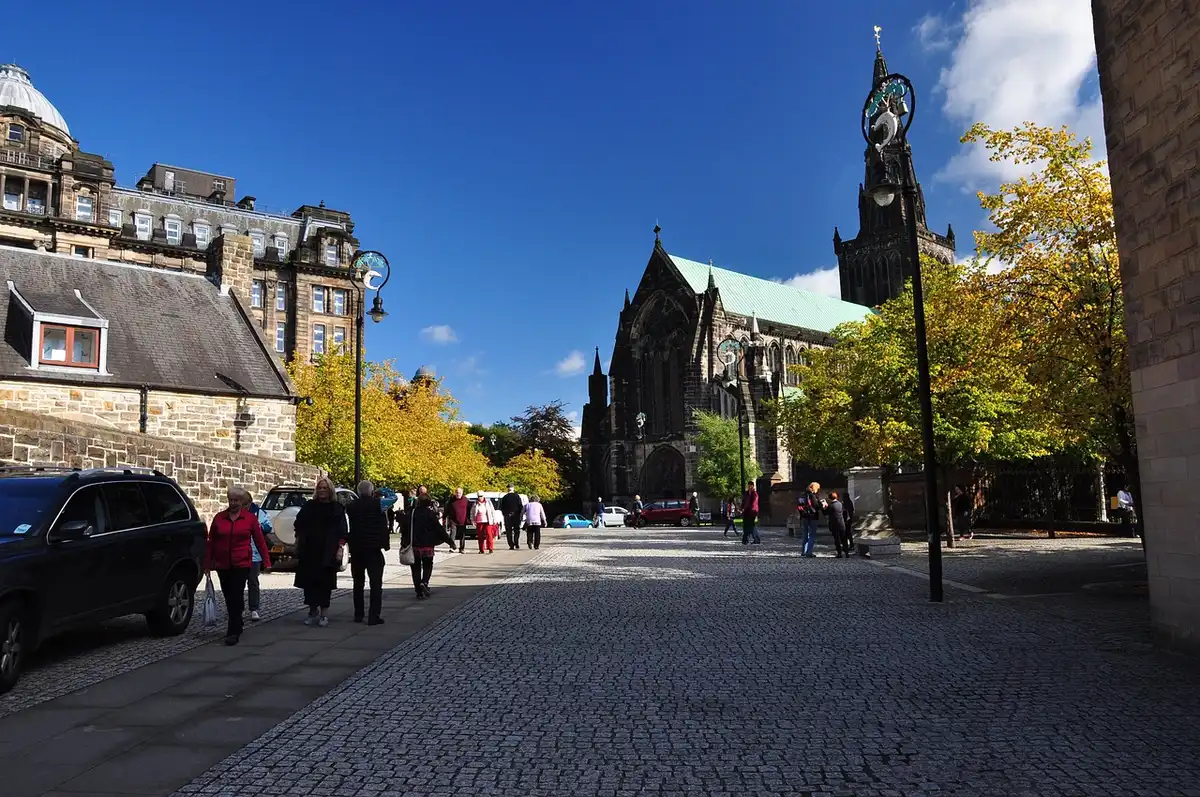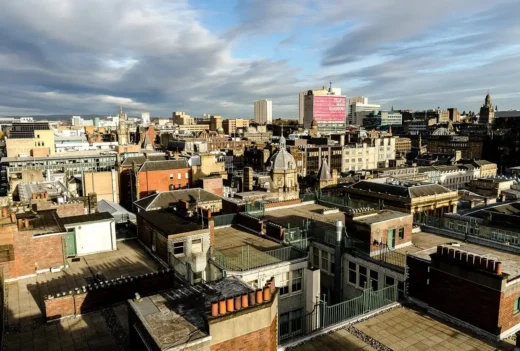Glasgow home improvements in listed buildings funding, Scottish home refurb cost advice, Scotland property renewal
How Glasgow Residents are Funding Home Improvements in Listed Buildings
19 November 2025
Glasgow boasts over 1,800 listed buildings, from Victorian tenements to Art Nouveau masterpieces. Yet for homeowners fortunate enough to live in these architectural treasures, the cost of sympathetic restoration often proves challenging. Growing numbers of residents are turning to specialist finance solutions to preserve Glasgow’s built heritage.
The city’s conservation areas, including Park, Blythswood, and the Merchant City, contain hundreds of residential properties requiring careful maintenance. With planning restrictions limiting modifications and specialist contractors commanding premium rates, renovation costs typically exceed standard properties by 30-50%.
The Financial Challenge of Heritage Properties
According to Historic Environment Scotland, listed building repairs often cost significantly more than standard properties due to specialist materials and skilled labour requirements. Traditional mortgage lenders often prove reluctant to fund specialist work on listed buildings, particularly where structural interventions are required.
The challenge lies in timing and accessibility. Heritage properties often have substantial value, but accessing equity through conventional routes can be slow. Specialist contractors have limited availability, and traditional lending timelines of 8-12 weeks don’t accommodate the need to secure craftspeople quickly.
Common projects requiring significant investment include:
- Stone facade repairs and repointing (£15,000-£40,000)
- Sash and case window restoration (£800-£1,500 per window)
- Slate roof replacement (£20,000-£50,000)
- Lead work and traditional guttering (£5,000-£15,000)
- Internal plasterwork restoration (£10,000-£30,000)
Specialist Finance Solutions
Glasgow homeowners are increasingly utilising bridging finance and specialist secured loans to fund heritage improvements. These products offer advantages particularly suited to listed building projects.
Specialist bridging lenders familiar with Glasgow property renovations can typically provide funds within 2-3 weeks rather than the months required for remortgaging. This speed proves crucial when quality heritage contractors become available or when urgent repairs are identified.
The flexibility of bridging finance also suits the unpredictable nature of heritage work. Original cost estimates frequently require adjustment once work begins and hidden issues emerge – common in properties dating from Glasgow’s Victorian building boom of 1850-1900.
Recent Glasgow Renovation Trends
Conservation Area Investments
Kelvinbridge and the West End have seen increased renovation activity, with B-listed townhouses requiring substantial stonework investment. Fixed-rate mortgage holders often choose bridging loans to avoid early repayment penalties whilst addressing urgent repairs.
Merchant City Transformations
Former warehouse conversions continue to reveal original features during renovation work. Property owners frequently need additional funding beyond initial budgets to properly restore discovered architectural elements. Second-charge mortgages allow access to funds without disturbing competitive first mortgage rates.
South Side Heritage
Victorian villas in Pollokshields and Queens Park face particular challenges with roof replacements. Conservation requirements for Welsh slate and traditional materials can push costs significantly above modern alternatives, making specialist finance essential for comprehensive restoration.
The Role of Grant Funding
While private finance bridges most funding gaps, Glasgow residents shouldn’t overlook available grants. Glasgow City Council’s grant schemes provide support for certain conservation area improvements, though these rarely cover full costs and require lengthy application processes.
The Heritage Grant Scheme provides up to £15,000 for external fabric repairs in conservation areas. However, with limited annual budgets, competition proves fierce. Most successful renovations combine grant funding with private finance to achieve comprehensive restoration.
Professional Guidance Essential
Early consultation with Glasgow City Council’s planning department helps owners understand what’s permissible before committing to finance. Requirements can significantly impact costs and funding needs.
Specialist mortgage brokers familiar with listed buildings can identify lenders who understand heritage properties’ unique challenges and values. Standard computer-based valuations often undervalue period features that expert surveyors recognise as adding substantial worth.
Future Outlook
With Glasgow’s heritage strategy aiming to bring more historic buildings back into active use, demand for specialist renovation finance seems set to increase. The Empty Homes Initiative, targeting vacant listed properties, may particularly drive bridging loan applications as investors seek to acquire and renovate these buildings.
For Glasgow’s listed building residents, the message appears clear: while maintaining architectural heritage requires investment, innovative financing solutions increasingly make ambitious restoration projects achievable. The key lies in understanding available options and engaging appropriate professional guidance early in the process.
These buildings have survived 100-200 years. With proper investment in their fabric now, they’ll serve Glasgow for centuries more – representing worthwhile returns on any finance arrangement.
Comments on this guide to Glasgow home improvements in listed buildings funding article are welcome.
Buildings
Key Buildings in Scotland Articles
Historic Glasgow : best Glasgow architecture of the past
Comments / photos for the Glasgow home improvements in listed buildings funding in Scotland page welcome.







